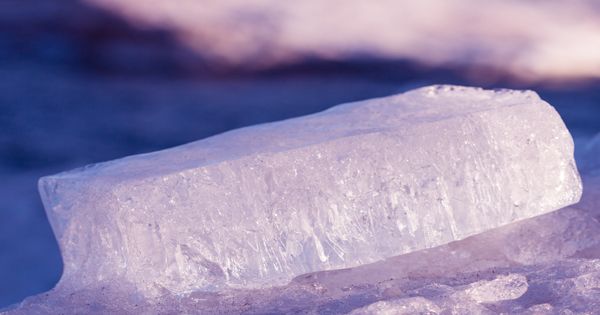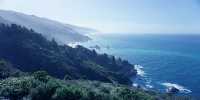One of the most studied substances in the universe and water is the key to life on Earth. Most of its features are simple and familiar to us but a few are complex and somewhat surprising.
The water refrains from freezing unless it is given something to hold on to a frozen dust or any other solid. While you can make ice in your freezer by cooling water below 0 degrees centigrade 32 degrees Fahrenheit, water is also perfectly happy to have good liquid under its freezing.
Researchers tested the temperature of supercooled water at -83.15 degrees Celsius (-117.7 degrees Fahrenheit) and discovered that supercooled water is actually two liquids in one, Many popular videos show how it can turn into ice instantly with a jolt, which is really (sorry) great! As reported by Science. If it doesn’t find something like that, the water stays liquid – and this cold water is extremely strange.
They then froze the water again and were able to observe the evolution and saw that a low-density version of high-density water co-existed. To unravel it, the team swept the ice with a laser and created a supercooled water film for a few nanoseconds.
Senior author Dr. Greg Kimmel, from the Pacific Northwest National Laboratory, said in a statement, “We have shown that liquid water at extremely cold temperatures is not only relatively stable, but it also exists in two structural structures.”“Studies deeply explain the long-standing debate over whether supercooled water always crystallizes before it resembles water. Answer: No.”
The team tested this duality of supercooled water over a range of temperatures from -28.15°C (-18.7°F) to -83.15°C (-117.7°F). In agreeing with the theoretical models, the fraction of high-density supercooled water decreases with temperature.
“One key observation is that the structural changes were all retrograde and reproducible,” added lead author Loni Kringle. There is a lot of interest in the properties and behavior of supercooled water. It is believed that this step of water can form in the upper atmosphere and create strange precipitation like a grapple, when it is bound to snowflake in a thin shell of ice. Space water is also expected to exist between the tails of planets and comets.
















